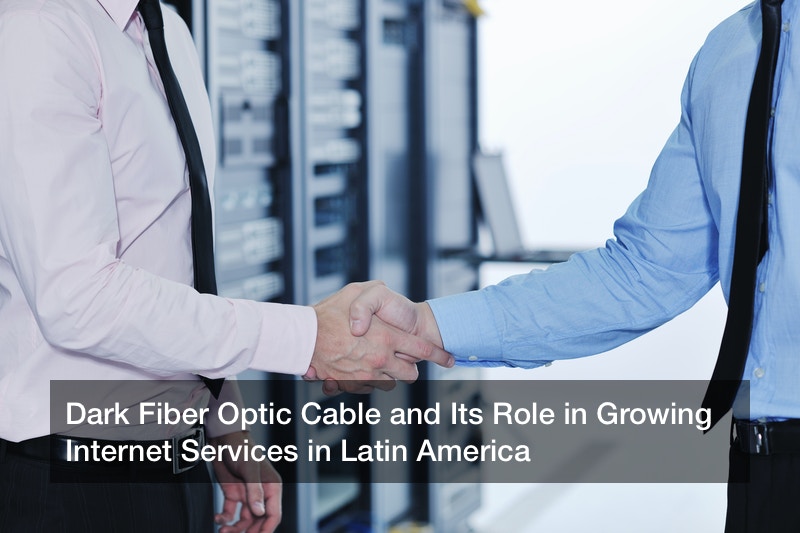
From internet to intranet to network servers and more, there is always the need for an ethernet cable. With internet services in Latin America and North America growing quickly, there is much more to be expected than the 11.8% growth that has come about over the past five years. While one fiber optic cable can carry three million full-duplex voice calls along with 90,000 television channels. Therefore, the remaining dark fiber cables across the United States and Latin American remain prepared to add to digital communication across the globe.
What is Dark Fiber Optic Cable?
The term dark fiber optic is a direct reference to unused fiber optic cable. This is all part of the fact that a telecommunications company often installs more than what is initially needed in order to prepare for the rapid growth that affects digital usage on a regular basis. Considering the cost of what it would take to complete installations over and over again, this is a step that helps a great deal in the long run. So, dark cables are able to hold the place of additional users that will come along in the future. And with the incredible growing number of users of internet services in Latin America, this was very important
Fiber Optic Cable Throughout History
It’s incredible to believe that the history of the ethernet cable is really not that long. With cable television dating initially back to 1948, there was no real mass production of this service for approximately another 30 years or so. Basically, until the mid-1980s or so there was no real need for a majority of the United States to have cable television, so ethernet cable was not in most homes. However, since the mass distribution of cable television with the greater number of channels and variety available on TV, so much more has grown from the use of ethernet cable.
Various Optical Fiber Cable Networks
Back to the cable television, initially installed in many homes, there was a great need for fiber optic cable to be able to reach the outdoor cable line and extend inside to each of the rooms where the cable would align with the televisions. Additional internet services in Latin America include the addition include fiber optic internet, fiber optic networks, dark fiber companies, and much more. Continuous research must be done in order to help determine the time at which these dark fiber optic cables must be brought to life, allowing internet services in Latin America continue to grow. While it connects the source lines from the outside, there are also many different cables that connect the exterior communication lines to the WiFi box, digital television, satellite television, and much more. With the digital phone in use today as well, there is ethernet cable used to connect the outdoor communication lines with the digital phone included with WiFi and internet.
With much to gain from different fiber optic cables and networks, there is much to see in the growing internet services in Latin America. With the United States and the rest of North America having grown quite fast in the use of telecommunication and other digital communications, there was a great need for Latin America to be prepared for the near 12% annual growth that takes place once this development begins. Advances in both digital and wireless communication and power have come so far in a matter of only 10 or 20 years that there is much to expect for what we will see in only a few more.
